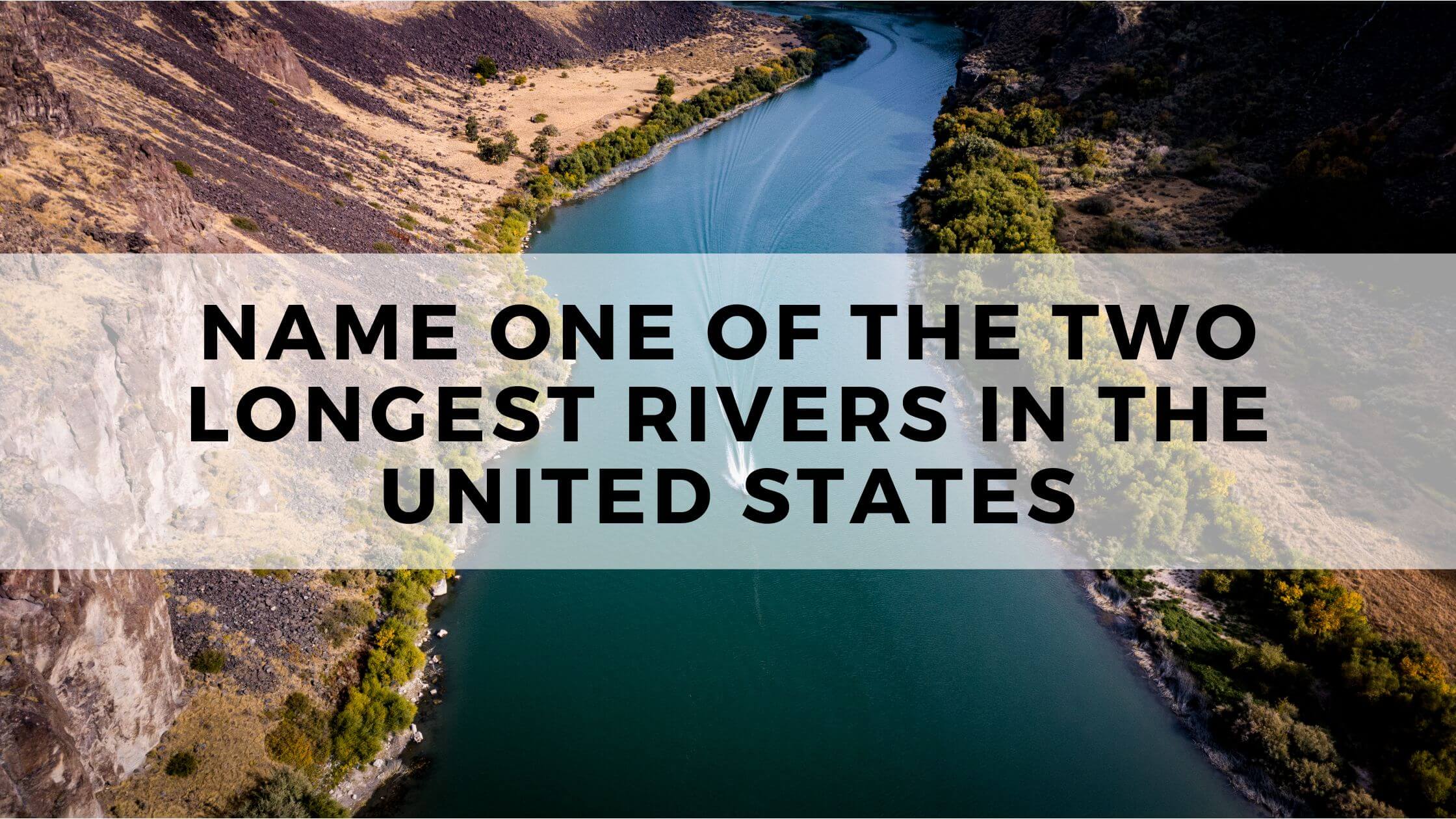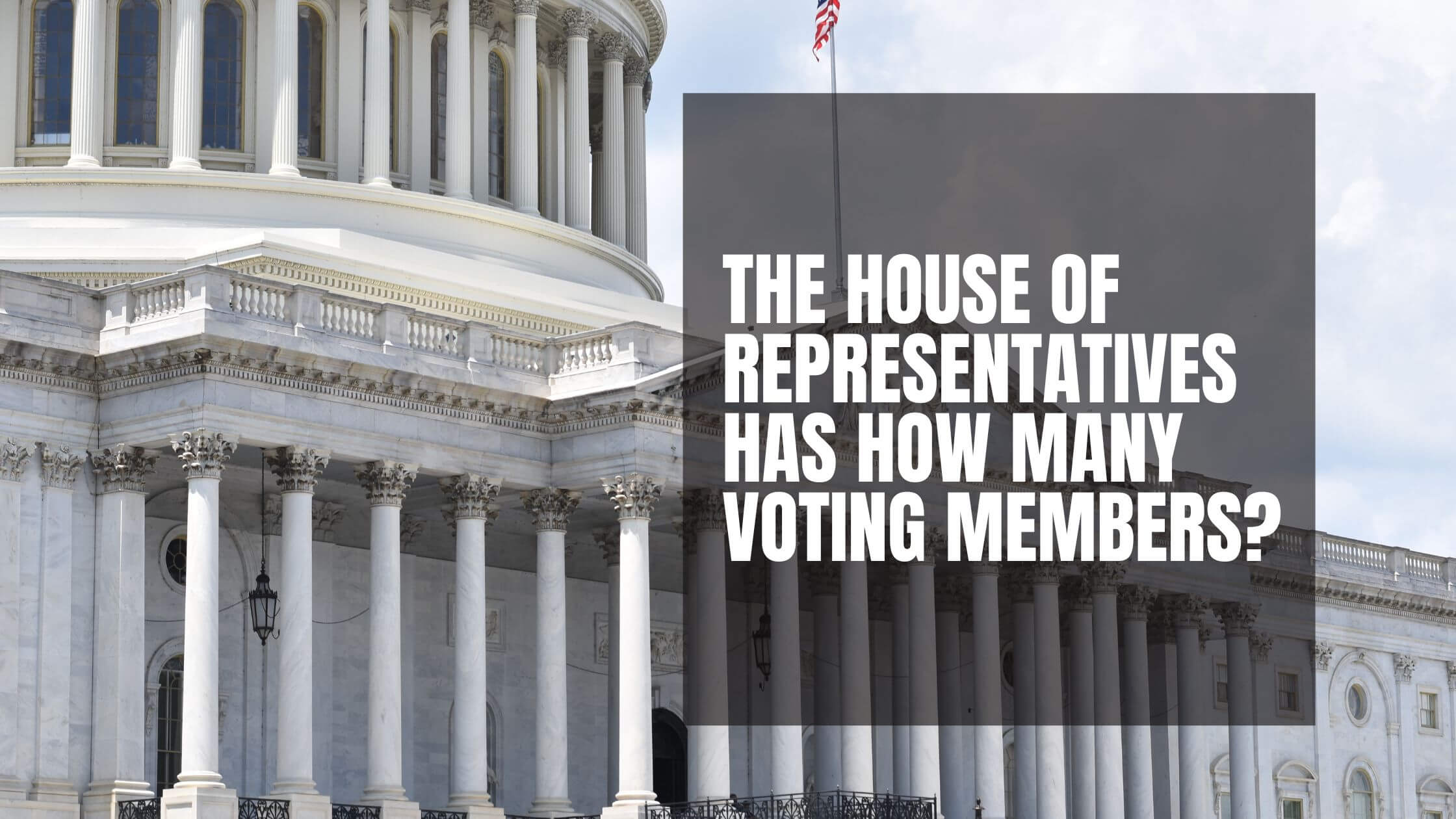Table of Contents
ToggleTo pass the US citizenship test, you will have to answer 10 of a possible 100 questions. The following question is from the USCIS test.
Name one of the two longest rivers in the United States
Acceptable Answers:
- the Missouri River
- the Mississippi River
The following is a full explanation of the USCIS question:
Either answer is a fine choice, with Missouri being the one that is actually the longest and the Mississippi perhaps the most famous. There isn’t much between the two rivers in terms of length, so it is easy to see why some people may assume that the more famous Mississippi is the longest. The Mississippi is around 2202 miles long from source to basin, and the Missouri beats it at 2341.
Beyond that, the next longest river in the United States is the Yukon. This isn’t a lot shorter, at 1979 miles, and it’s still an impressive waterway. But, it only flows through the United States in part of its journey, as some of it lies in Canada. 4th place goes to the Rio Grande and 5th to the Arkansas River.
The Source Of The Missouri River
The Missouri River begins at Brower’s Spring in the Centennial Mountains of Beaverhead Country, Montana. It is named after the man that declared it to be the source of the river in 1896. This declaration was important as it placed the site 100 miles further from St Louis than the source cited by the explorer Meriwether Lewis.
The Route Of The Missouri River
This river is so long because it takes a long journey from the northwest down into the state of Missouri. From this origin point, it flows east through Montana into North Dakota, where it then deviates south through the center of South Dakota. From there, it passes along the border of Nebraska and Iowa, comes in contact with Kansas, and ends up in Missouri. Along the route, it passes through Sioux City, Omaha, Kansas City, and Jefferson City.
The End Point For the Missouri River
Despite being the longest of the rivers in the United States, the Missouri River doesn’t finish in a bay at either ocean. Instead, it meets the Mississippi at a short distance north of St Louis, running along the city’s top. When you see pictures of St Loius, Missouri, with the Gateway Arch next to the wide river, you are looking at the Mississippi and not the Missouri.
From there, the water flows on as the Mississippi rather than the Missouri. The combination of water from the Missouri, Mississippi, and other rivers like the Ohio head south and empty out into the Gulf of Mexico.

Get Smarter on US News, History, and the Constitution
Join the thousands of fellow patriots who rely on our 5-minute newsletter to stay informed on the key events and trends that shaped our nation's past and continue to shape its present.
The Mississippi River
This then leads us to the second-longest river, the Mississippi. We tend to associate this river with the south because it is here that it becomes the deep expanse of water we see in media. We think of the long bridges stretching across the widest points and the steamboats offering cruises. But, the river has to start somewhere, and, while we may associate it with the state of the same name or the vast stretches in Louisiana, the origin point is much further north.
The Source Of The Mississippi
The Mississippi starts up in Lake Itasca, a completely different landscape than would come to mind when thinking about “Old Man River” in the southern states. This small glacial lake is just 1.8 square miles and located in Clearwater County, Minnesota.
The river then forms from this small body and grows in width, depth, and power southwards through the United States. At first, you would be forgiven for overlooking the Mississippi as it is only about 20ft wide and 18 inches deep. This is in complete contrast to the river around New Orleans, where it can reach 191ft deep and becomes fast, murky, and dangerous.
The Path Of The Mississippi
From the northeast of Minnesota, the river continues through the state through Minneapolis and flows south towards St Louis. Here, it grows thanks to the meeting points with other rivers, including the Missouri, and continues down into Memphis. In total, it runs through 10 states: Minnesota, Wisconsin, Iowa, Illinois, Missouri, Kentucky, Tennessee, Arkansas, Mississippi, and finally, Louisiana. At its wider point, it remains an important trade route from the Gulf of Mexico into the landlocked states.
The Mississippi Delta
Finally, the Mississippi River meets the Gulf of Mexico down in Louisiana. The region covers 4,700 square miles, making it one of the largest coastal wetland areas in the United States. This region is important for wildlife, with many species using the waterways and birds honing in on it for migratory routes.
It became part of the French territories in 1682, with a fortification at La Balize created in 1699. As the United States grew, this area became of great interest, and the Louisiana Purchase saw the purchase from the French in 1803. Today, the major cities of Baton Rouge and New Orleans lie on the path of the Louisiana stretch before it meets the delta.
The area around the Mississippi Delta and coastal Louisiana has always been treacherous with the shifting tides, changing landscape, and dangerous weather conditions. The position on the Gulf of Mexico makes it vulnerable to the impact of tropical storms. The most infamous example in recent years was Hurricane Katrina.
The Impressive Mississippi-Missouri River
Because of the relationship between the Missouri and the Mississippi river, we can look at this as one longer river system. When taken from the source of the Missouri in Brower’s Spring to the point where the water meets the ocean in the Gulf of Mexico, the combined Mississippi-Missouri River is 3,902 miles long.
However, as this is not a classified river in its own right, the longest river in the United States is simply the Missouri on its own. The Missouri is impressive in its length from east to west and the Mississippi in its diversity from north to south. When they converge and head to the Mississippi Delta, you end up with one of the most powerful river systems around.











